Why are the Himalayas Ecologically Sensitive and Disaster Prone?
Locus of some of the largest continental earthquakes, the region is a disaster hotspot
The Himalayan mountain range, separating the plains of the Indian subcontinent from the Tibetan Plateau, is an extremely ecologically sensitive zone. The range is among the youngest mountain ranges in the world and consists mostly of uplifted sedimentary and metamorphic rock. With a dynamic and changing landscape sitting atop the Alpide belt or Alpine-Himalayan orogenic belt, the Himalayas have always been under immense tectonic stress. The Himalayas become ecologically sensitive and disaster-prone amid the changing climate and human-induced environmental crisis.
The mountain range is also experiencing distress amidst rising global temperatures and rapidly changing climatic conditions. Himalayan glaciers have been retreating for the past couple of decades that trigger glacial lakes to fill up dangerously and causing hazards in the low-lying areas in the mountainous regions.
In the past decade, the Indian Himalayan region has witnessed a deluge of landslides, flash floods, earthquakes, and so on. In 2013, a cloudburst caused devastating floods and landslides in the mountain state of Uttarakhand killing 6,000 people and displacing tens of thousands of people. The floods were made more savage by the ecology of the sensitive Himalayas. It was the country’s worst natural disaster after the 2004 tsunami. Uttarakhand again experienced similar, although slightly less dangerous, floods in 2021.
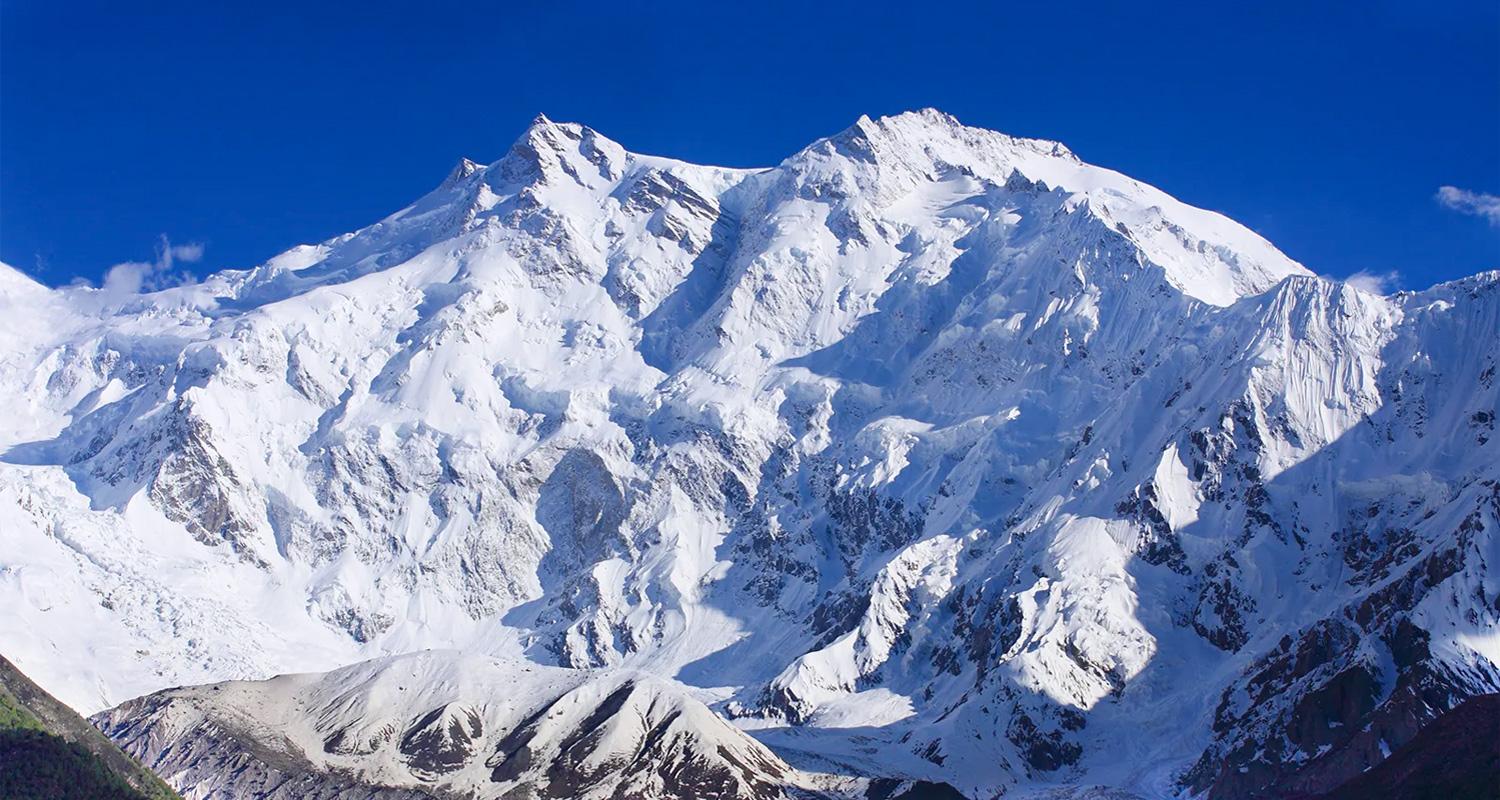
Image: Tahreer Photography
In 2015, a devastating earthquake of 7.8 magnitude shook Nepal, killing nearly 9,000 people and injuring over 21,000. The earthquake was the biggest one in the country since 1950 and had the maximum Mercalli Intensity of X. It was also felt in the neighboring countries of India, Bangladesh, and China.
There are several reasons for the fragility of the young mountain range and its neighboring areas. For one, the mountain range is atop the Alpide belt, which is the second major earthquake belt after the Circum-Pacific seismic belt. Another reason is the rapidly changing climatic conditions that cause rainfall shifts, glacier melt, and droughts in the region, making it further unstable. This article is an extensive account of why the Himalayas are ecologically sensitive and disaster-prone from natural causes to man-made ones.
The Himalayan Geology
Formed by plate tectonic forces and sculpted by weathering and erosion, the Himalayan geology is the result of an ongoing orogeny; the collision of the continental crust of the Indian Plate thrusting into the Eurasian Plate. According to scientists, the Himalayas ‘breathe’ with mountains continuously growing and shrinking in cycles over time. They also believe that understanding these geologic respirations will help decipher earthquake risks and pinpoint the range of deadly potential of the disasters.
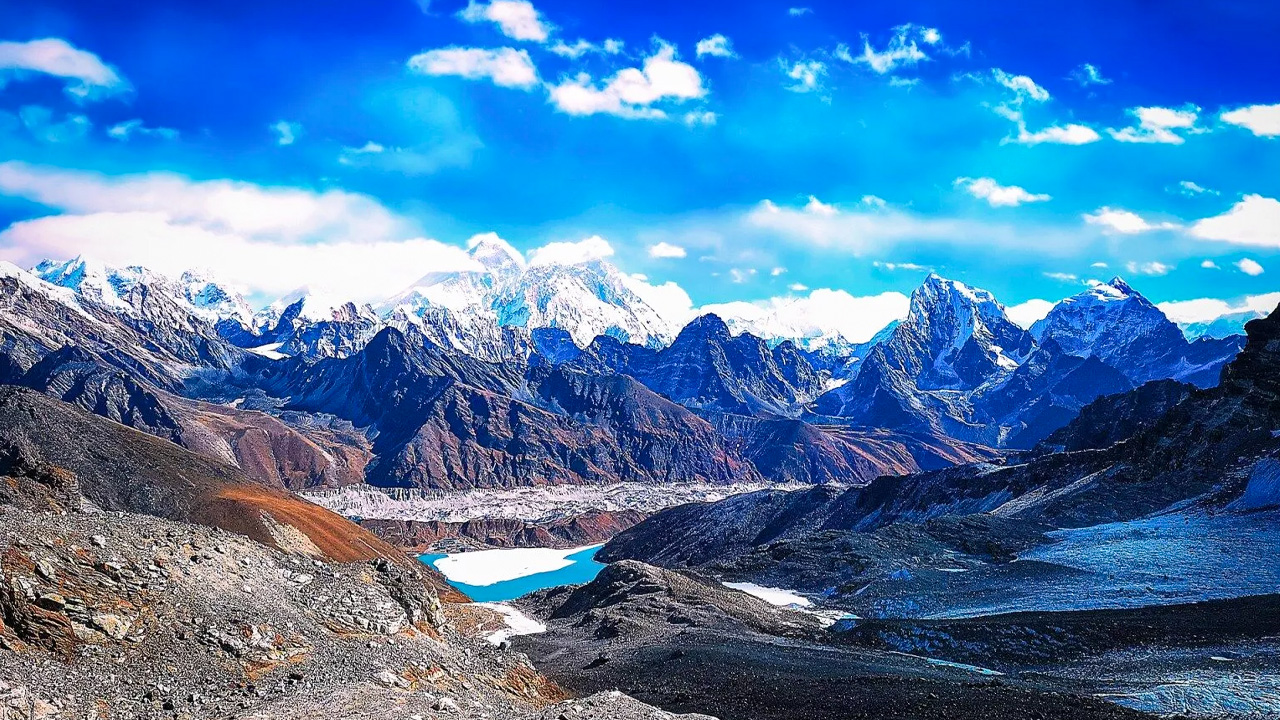
Image: GeoLearn
A 2021 study, published in Nature Reviews, stated that the convergence of the Himalayas is largely assisted by slip on the Main Himalayan Thrust plate boundary fault, which developed over millions of years. At a decade timescale, tectonic geodesy tells that elastic strain is released through periodical earthquakes. It simply means that the cycle of changes in the geology of the Himalayas causes earthquakes and other disasters in the neighboring areas.
Another study, published in the Journal of Geophysical Research, mentioned that due to the onset of the India-Asia collision, India is inching northward at an annual rate of nearly two inches. This collision of plates doesn’t make them wedge under one another, rather the process creates a bulge, driving the mountains higher. When this stress becomes unbearable, the landmasses beneath shake, hence the earthquakes.
Apparently, when the deadly 2015 earthquake hit Kathmandu, Nepal, a part of the Himalayan range sank by nearly two feet. A study discovered that the earthquake caused about one meter of uplift in the Kathmandu Basin, while it caused the high Himalayas farther north to sink by 0.6 meters.
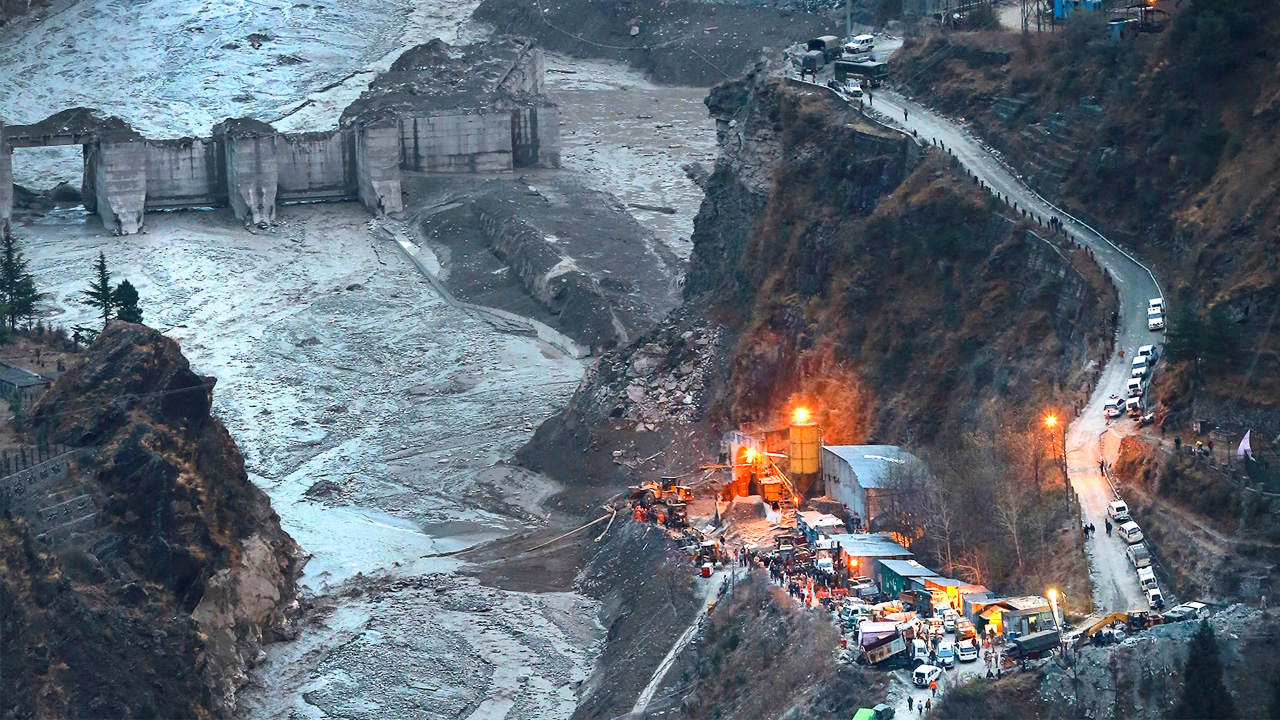
Image: Benjamin Parkin
Aside from the geological heaving, the mountain range supplies fresh water for more than one-fifth of the world’s population. The region also has the highest rate of uplift, the highest relief, and one of the highest erosion rates and is the source of some of the greatest rivers and the highest concentration of glaciers outside of the polar regions. These superlatives have made the Himalayas one of the most studied mountain ranges, with quite a huge populace residing in the surrounding areas, despite its ecological sensitivity.
Natural Causes for Ecological Vulnerability
The major natural causes for the ecological sensitivity of the Himalayas are its geological location. The young mountains are direct atop the Alpide belt, also known as the Alpine-Himalayan orogenic belt or lesser-known the Tethyan orogenic belt. Alpide belt is a 15,000-kilometer-long seismic and orogenic belt stretching from Java and Sumatra through the Indochinese Peninsula, the Himalayas and Transhimalayas, the mountains of Iran, Caucasus, Anatolia, and the Mediterranean and into the Atlantic.
This belt is the second most seismically action range in the world with 17 percent of the world’s largest earthquakes. It means that the Himalayas are a highly earthquake-prone region but they do have a relatively long repeat time, as researchers have found.
Aside from the high seismic activity, the Himalayas are characterized by steep slopes that are prone to erosion and landslides. These landslides are usually triggered by heavy rainfall, snowmelt, landslides, and avalanches, causing widespread damage to infrastructure and wildlife.
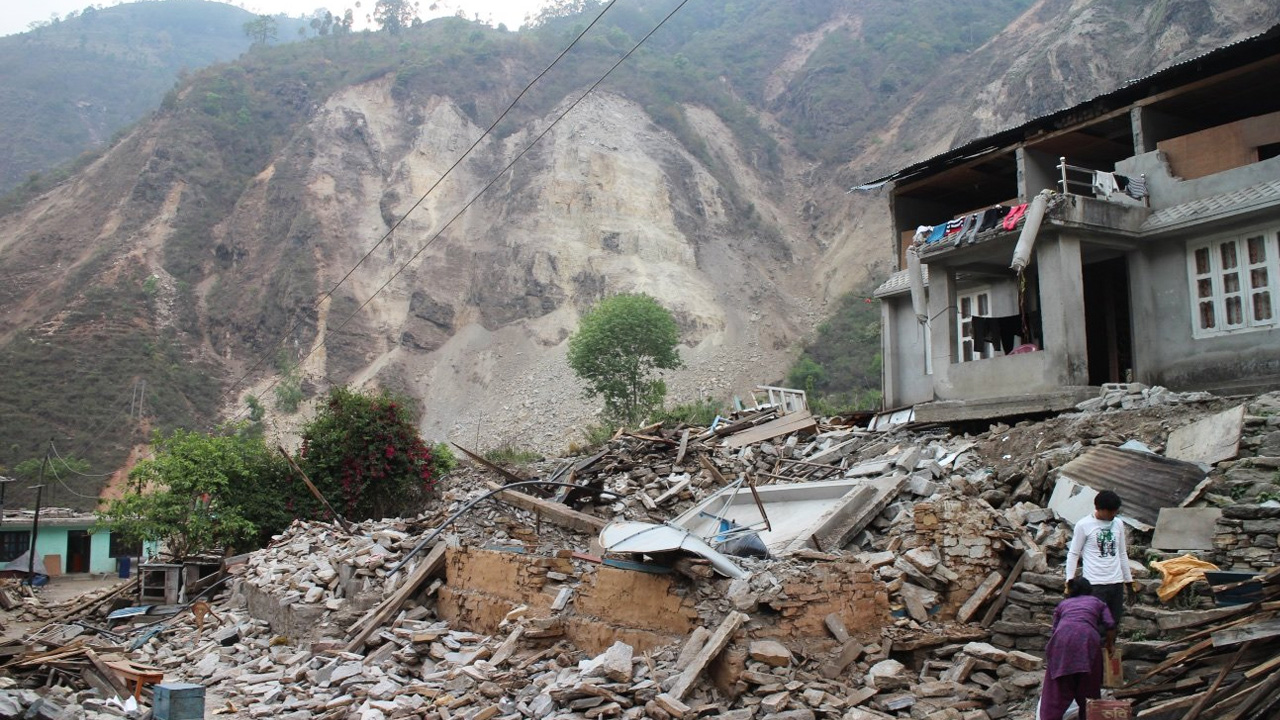
Image: Richard Friedericks
Another contributing factor to the ecological vulnerability of the Himalayas is climate change, which is causing global warming and the rapid melting of glaciers. The changing weather patterns are a leading cause of floods, landslides, and other natural disasters around the mountain range.
Man-Made Causes for Ecological Sensitivity
While nature contributes its fair share of triggering factors to make the Himalayas ecologically vulnerable, it is the anthropogenic activities that make the mountain range downright unstable. The fragile ecosystem of the mountain range is endangered by human-induced climate change, constant deforestation, mining, and overgrazing, leading to soil erosion and habitat loss.
The low-lying areas of the Himalayas have seen rapid development in the 21st century including dams, hydropower projects, highways, mining, deforestation, buildings, unregulated tourism, and pilgrimage. These anthropogenic projects are putting unnecessary pressure on the mountains, exacerbating the disasters.
With steep topography and abundant water resources, the Himalayas offer sustainable and low-carbon hydropower for South Asia. However, the mountain range lies in one of the world’s most seismically active regions and hydropower project constructions along the Himalayan arc in Bhutan, China, Nepal, India, and Pakistan are only adding to the potential of the disasters.
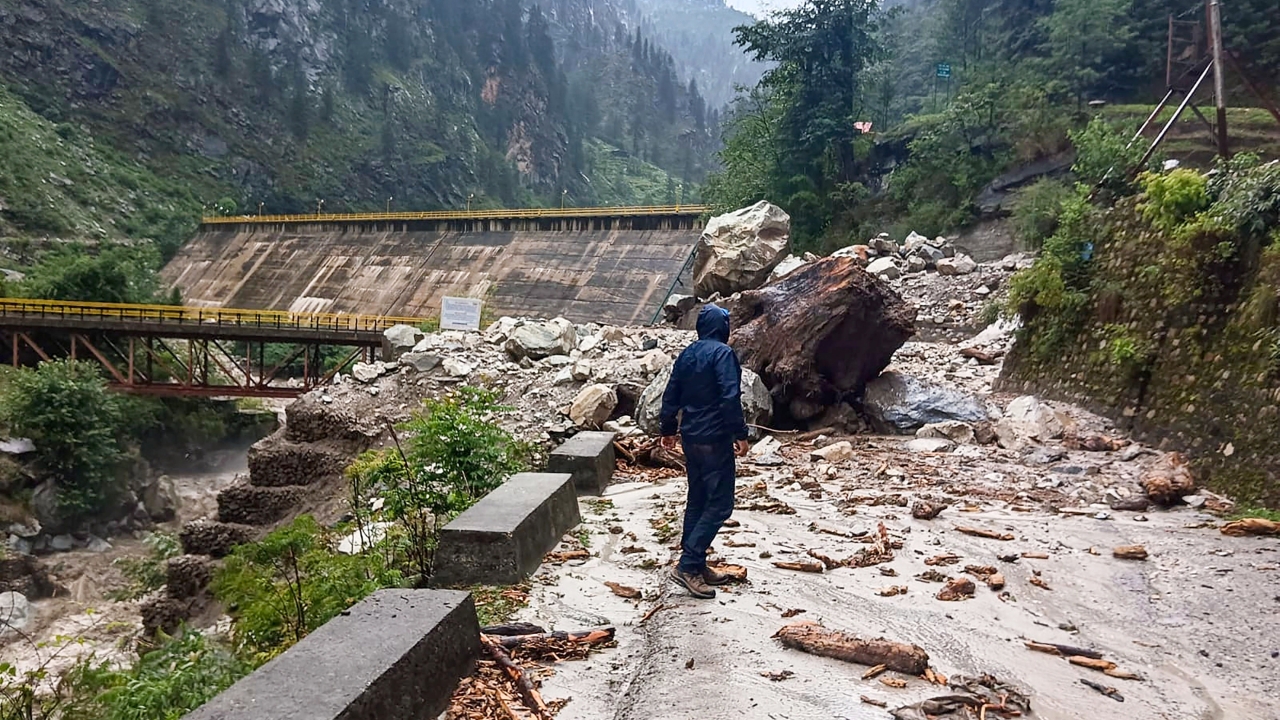
Image: PTI
Hydropower projects and dams for the sake of progress are damning the Himalayas and governments are simply standing by idly, despite the protests and appeals to leave the mountains alone by environmentalists. Last year, a group of 60 Indian scientists and environmentalists wrote a letter to Prime Minister Modi imploring him to stop “any more hydroelectric projects in the Himalayas and on the Ganga whether under construction, new or proposed.”
The Indian state of Uttarakhand has over 30 operational projects and 14 more under different stages of implementation. The state already has a record of devastating disasters including flash floods and landslides due to the fragile ecosystem and unabated construction makes it more vulnerable to natural tragedies. Recently, the town of Joshimath sank, leaving thousands of people displaced.
Ecologically Sensitive and Disaster Prone Himalayas
There are so many reasons as to why the Himalayas are ecologically sensitive and disaster-prone from natural causes to man-made ones. A glacial avalanche triggered flash floods in the Rishi Ganga and Dhauli Ganga valleys in the Chamoli district in February 2021. The disaster left 250 people dead and damaged land and infrastructure, including the Tapovan-Vishnugad hydro project. The 2013 Uttarakhand floods were the biggest disaster in India after the 2004 tsunami. The deluge washed away buildings, roads, bridges, and everything in its path, killing over 6,000 people.
In January 2023, the town of Joshimath in Uttarakhand experienced episodes of massive land subsidence, causing over 700 houses to develop cracks and nearly 150 families to move to safer locations. The problem has become a full-fledged crisis with authorities scrambling to get a handle on the situation. The town was built in an ecologically vulnerable region, even though researchers advised against the unabated construction there.
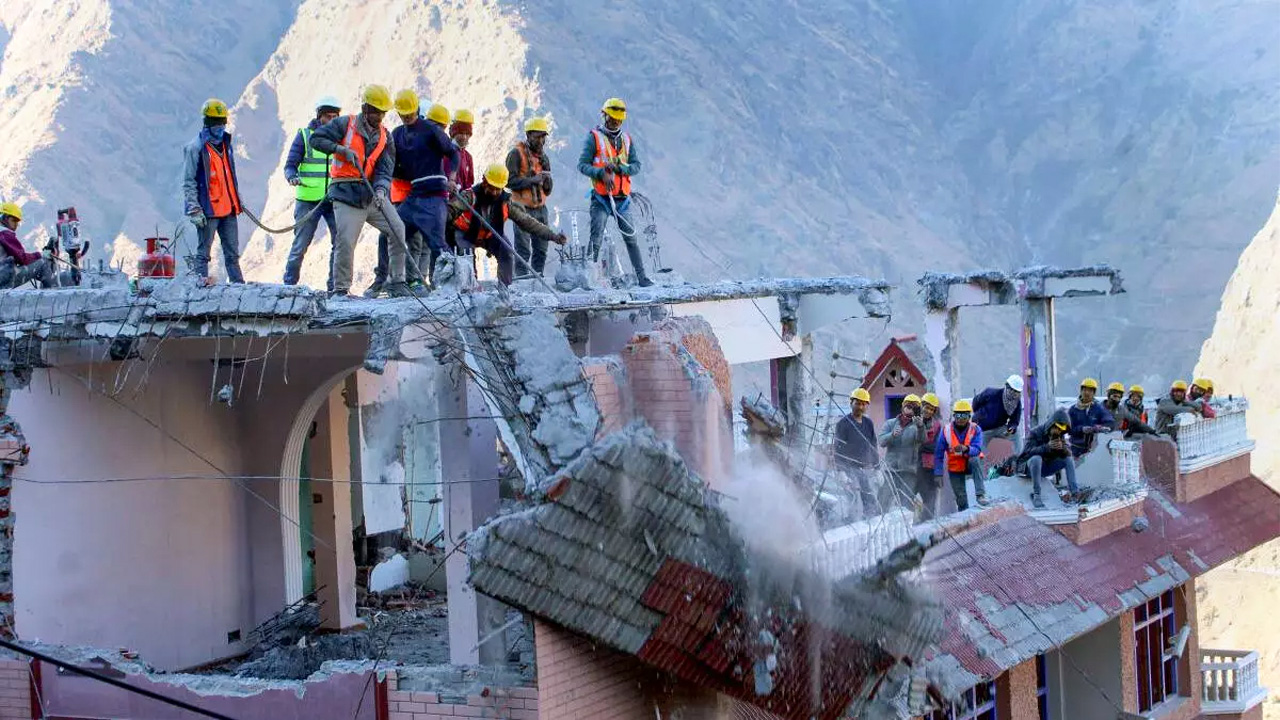
Image: PTI
The rapidly melting glaciers are the leading cause of flash floods in the Himalayan region. The thinning and retreating glaciers can destabilize the ground below and around them, making the area prone to landslides, rockfall, or icefall. Scientists believe that such events can block rivers and rivulets below that eventually burst, sweeping away everything in their path – just like what happened in Uttarakhand recently.
Nepal experienced a powerful earthquake of 7.8 -magnitude in 2015. The quake and aftershocks lasted for 15-20 minutes throughout Nepal. The earthquake was caused by the convergent plate margin between the Eurasian and the Indian tectonic plates.
The geological structure and position atop an active seismic belt, paired with anthropogenic activities triggered-climate change makes the Himalayas an extremely ecologically sensitive and disaster-prone region. The only solution to prevent any life losses is to halt development projects and leave the mountains untainted.


